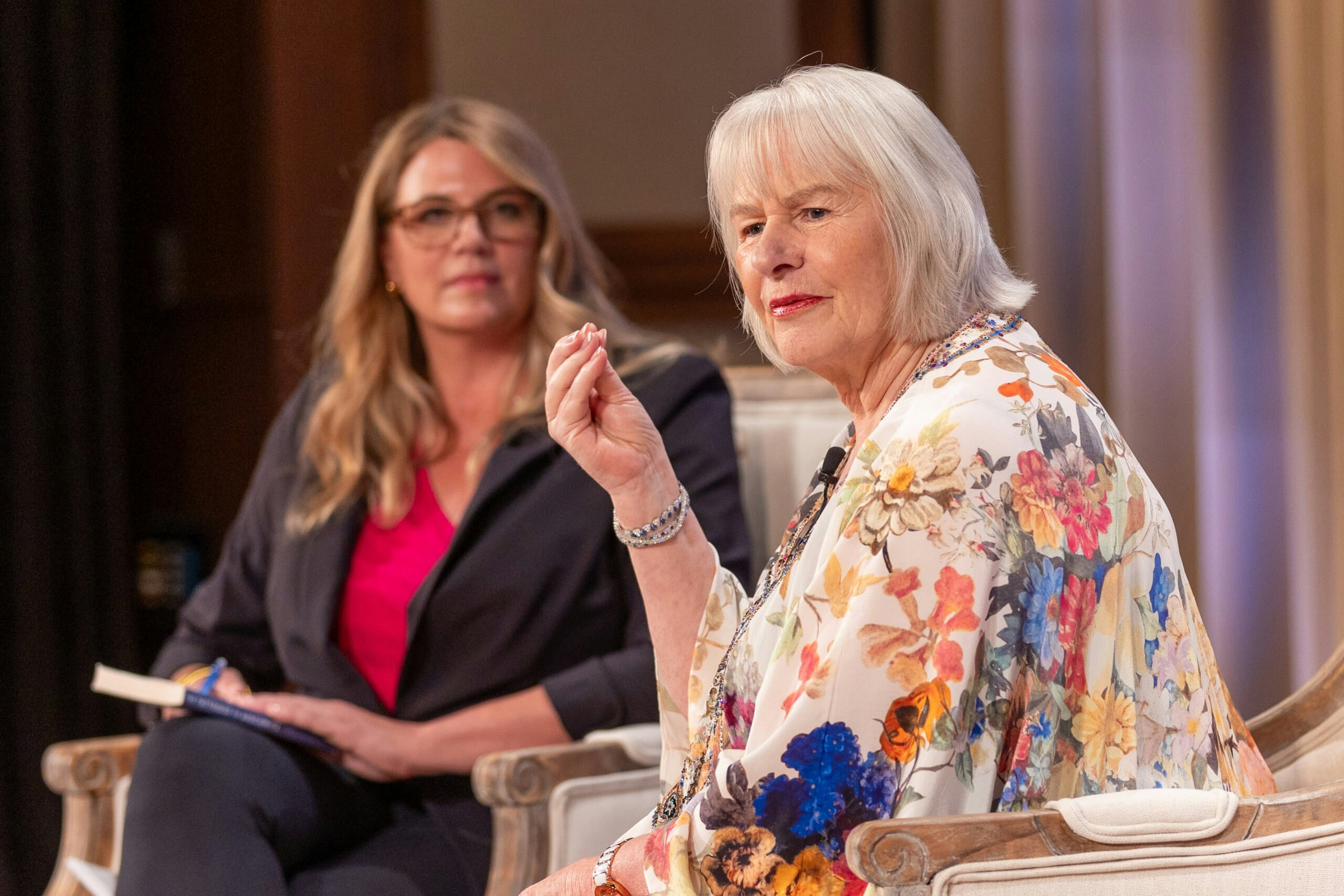One of the great canards about strong economic growth and domestic energy production is that they are bad because they could harm the environment....
One of the great canards about strong economic growth and domestic energy production is that they are bad because they could harm the environment. But in fact, “Growth is Green” according to Dr. Dino Falaschetti, executive director of the environmental think-tank PERC, the Property and Environment Research Center located in Bozeman, Montana. As Dino says, “Making more with less is ‘conservation.’ Making more with less is ‘sustainable.’ But when environmental policy puts growth at risk, it is brown, not green!” Rather than being subject to government subsidies and regulations intended to pick winners, the energy markets should operate freely, in order to limit transaction costs and maximize efficiency. In “Market-Friendly Energy,” their chapter in the new Bush Institute publication, The 4% Solution, Steven F. Hayward and Kenneth P. Green show how sound domestic energy policies can help our struggling economy, put people back to work, and even benefit the environment in a variety of ways. They point out one of the most amazing results of American entrepreneurship and efficiency in the past 35 years: We consume only slightly more oil today than we did in 1978 — despite an increase in population of over 90 million and a doubling of GDP output. The United States is home to more domestic energy resources (coal, natural gas and oil) than any other country in the world. Several states have served as proving grounds for the power and success of growth through domestic energy. North Dakota, Texas and Louisiana have been prospering despite the severe economic effects of the worst economic recovery in 80 years. Shale gas and shale oil booms have led to an astounding 8% average annual GDP growth rate in North Dakota since 2009. Compare that to an average annual GDP growth rate of under 2% for the nation as a whole during the same time period, and you can see the real power of market-friendly energy policy. Burgeoning domestic energy production can help achieve the 4% growth nationwide that Rep. Paul Ryan recently emphasized to “get this economy growing again.” Energy has been the life-blood of American growth for hundreds of years, but this isn’t an issue that can simply be put in place by talk and rhetoric by a few. To fully unleash the energy potential, all sides of the political and economic spectrums must come together to form coherent energy policy that emphasizes market-driven pricing and the American entrepreneurial spirit.
This post was written by Michael McMahan, Program Manager for The 4% Growth Project at the George W. Bush Institute
























